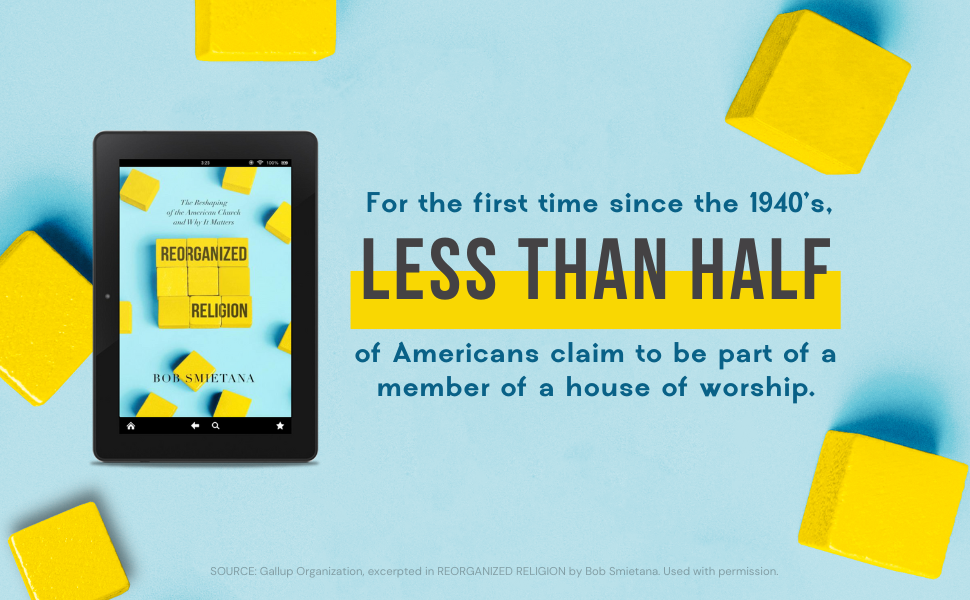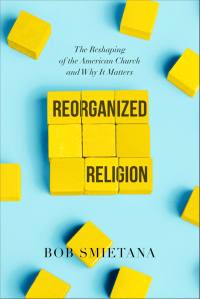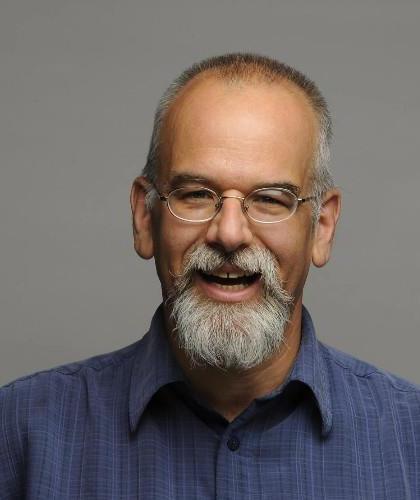8 Stats About Religion in America
The United States is in the middle of an unprecedented spiritual, technological, demographic, political, and social transformation—moving from an older, mostly white, mostly Protestant, religion-friendly society to a younger diverse, multiethnic, pluralistic culture, where no one faith group will have the advantage. At the same time, millions of Americans are abandoning organized religion altogether.
Veteran religion reporter and author of Reorganized Religion, Bob Smietana, offers 8 stats about religion in America to assess the state of the American church and its future.
1. Less than half of Americans say they belong to a church or other house of worship.
That’s the lowest rate of congregational membership since the 1930s when data was first collected and is down from 70% of Americans who claimed a church alliance in the 1990s. (SOURCE: Gallup)

2. Among the oldest Americans, those born between 1928 and 1945, 84% identify as Christians, while half go to church or attend worship services once a week or more.
Millennials, on the other hand, are far less likely to identify as Christian (49%) or go to church weekly (22%). (SOURCE: Pew)
3. The median worship attendance at a congregation in the United States is 65 people.
Half of US congregations draw 65 people or less for weekly worship services. The median in 2000 was 137 people. (SOURCE: FaithCommunitiesToday.org)
4. Currently, about three-in-ten U.S. adults (29%) are religious “nones.”
“Nones” describe themselves as atheists, agnostics, or “nothing in particular” when asked about their religious identity. (SOURCE: Pew)

5. Among Americans over 65, about six-in-ten (59%) identify as White Christians.
Data from a 2020 PRRI study found just one-in-five (19%) is a Christian of color. (SOURCE: PRRI.org)
6. In many denominations, immigrants are providing hopeful stories of growth in the face of other trends showing decline.
“While established, mostly white congregations in the U.S. frequently struggle to retain their members, immigrant Christians are creating a future picture of growing diversity and vitality,” says the Rev. Wesley Granberg-Michaelson. (SOURCE: The Washington Post)
7. A 2021 study showed 3/4 of U.S. pastors indicated service attendance had declined after one year of the pandemic.
Most congregations saw worship attendance drop by at least 10%. For about 12%, worship was less than half of what it had been before the pandemic. 35% told Lifeway Research that attendance had dropped between a third and a half. (SOURCE: Lifeway Research)
8. 57% of churchgoers under 50 said they prefer to go to church with people who share their politics.
Forty-two percent said that they were open to attending services with people who had different views. That same survey found that half (51%) said that their political views matched the views of other people in the pews. Only 19% said that other people in their church had different views. (SOURCE: Lifeway Research)
So what do we do with this information? These and other stats are thoroughly explored in Reorganized Religion: The Reshaping of the American Church and Why It Matters by Bob Smietana. To continue reading from the book, download a free chapter by clicking here.
Uncover the ways the Christian church has changed in recent years—from the decline of the mainline denominations to the mega-churchification of American culture—and a hopeful reimagining of what the church might look like going forward.
The United States is in the middle of an unprecedented spiritual, technological, demographic, political and social transformation—moving from an older, mostly white, mostly Protestant, religion-friendly society to a younger diverse, multiethnic, pluralistic culture, where no one faith group will have the advantage. At the same time, millions of Americans are abandoning organized religion altogether in favor of disorganized disbelief.
Reorganized Religion is an in-depth and critical look at why people are leaving American churches and what we lose as a society as it continues. But it also accepts the dismantling of what has come before and try to help readers reinvent the path forward. This book looks at the future of organized religion in America and outline the options facing churches and other faith groups. Will they retreat? Will they become irrelevant? Or will they find a new path forward?
Written by veteran religion reporter Bob Smietana, Reorganized Religion is a journalistic look at the state of the American church and its future. It draws on polling data, interviews with experts, and reporting on how faith communities old and new are coping with the changing religious landscape, along with personal stories about how faith is lived in everyday life. It also profiles faith communities and leaders who are finding interesting ways to reimagine what church might look like in the future and discuss various ways we can reinvent this organization so it survives and thrives. The book also reflects the hope that perhaps people of faith can learn to become, if not friends with the larger culture, then at least better neighbors.
“A superb examination of the future of Christian institutions…. A must-read for anyone invested in the fate of the American church.” —Publishers Weekly (starred review)

